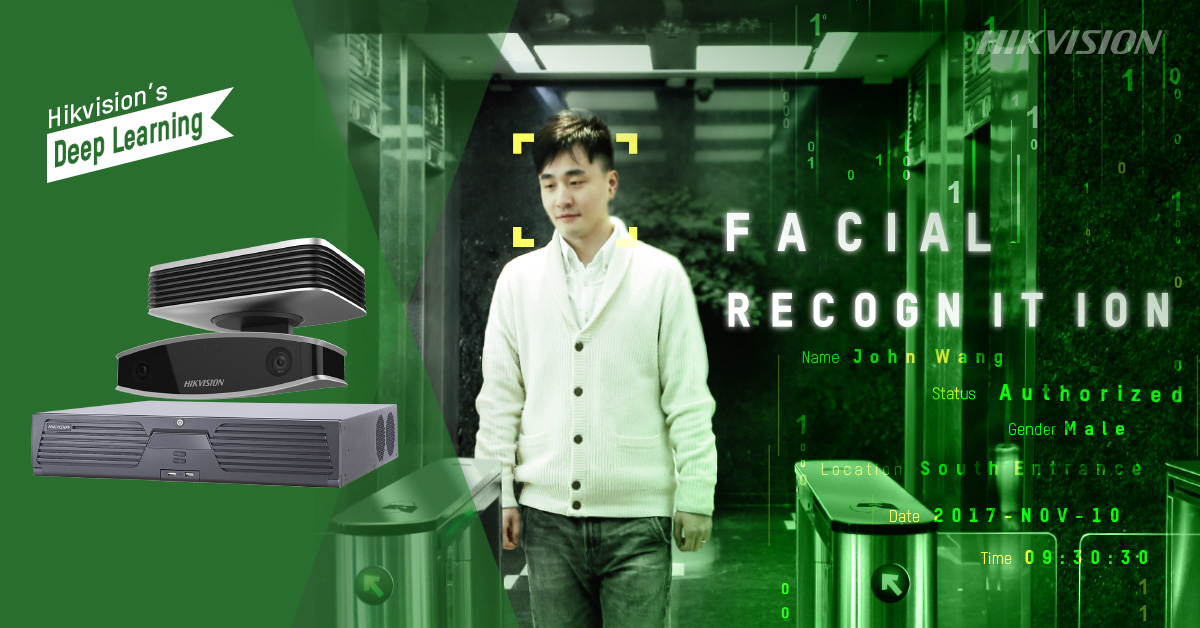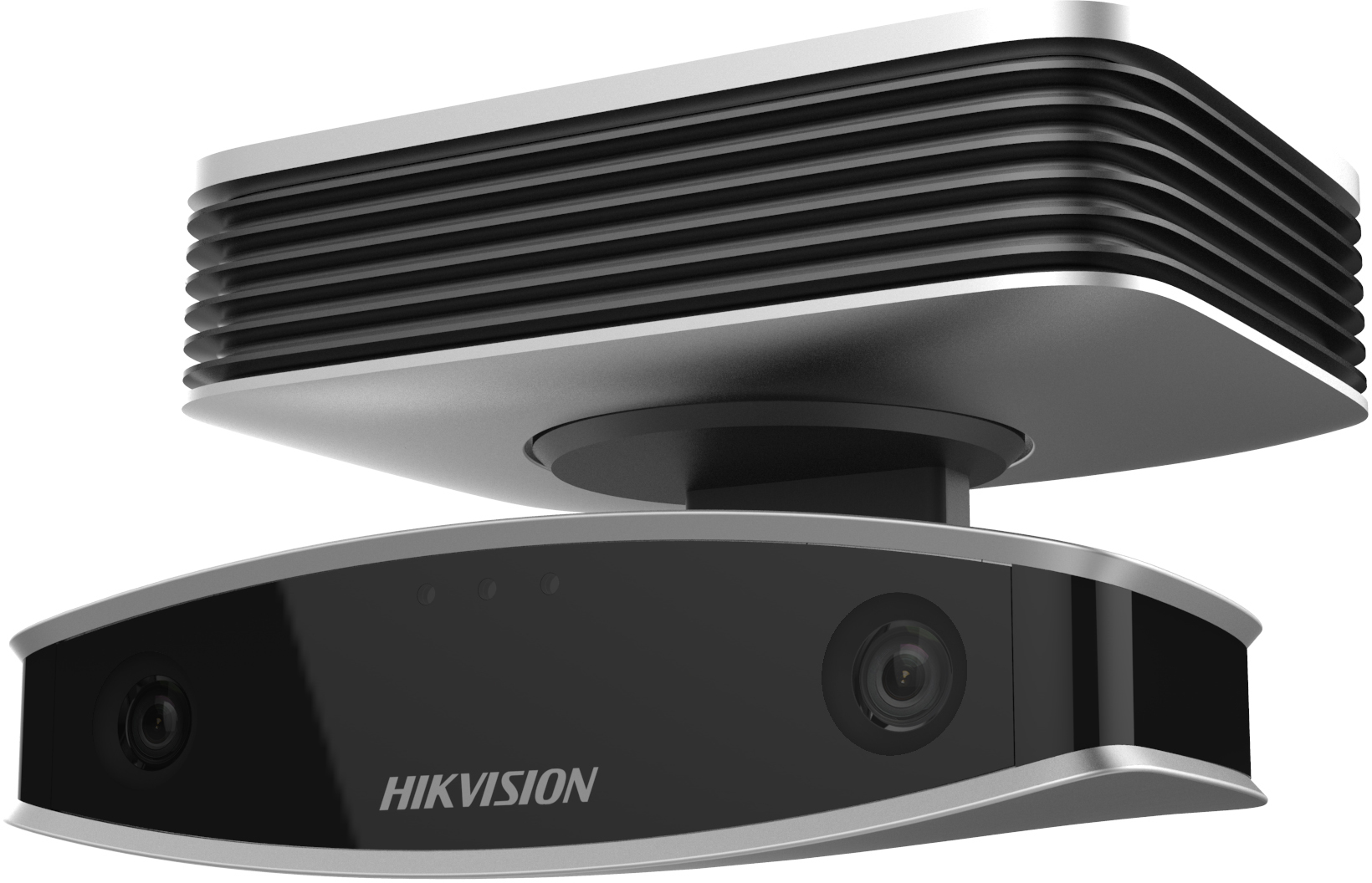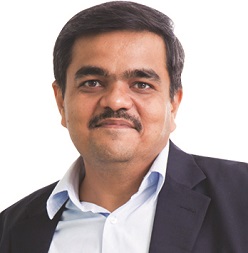Why facial recognition?
Public security threats and demand for new security solutions from end-users continuously push security manufacturers to innovate and upgrade technologies. International news and media reports on terror incidents of violence often shock public consciousness. They act as a grim reminder of present danger to public security. These security concerns need to be addressed with innovative solutions.

For everything from safe city projects to home protection, developments are underway all over the world, with their respective challenges. Safeguarding family members, homes, property, and vehicles are the most common applications using these emerging technologies. But the number of video surveillance cameras used in well in very specific environments, and subtle changes in lighting, environment, etc., sacrifice accuracy. The second step is ‘Classification Learning,’ which uses shallow learning and analysis. Far from ideal, the results here directly restrict the breadth and depth of intelligent applications.
Deep-learning benefits for intelligent video surveillance
Deep learning is intrinsically different from other algorithms. The way it solves the insufficiencies of traditional algorithms is encompassed in a few concepts.
From ‘Shallow’ to ‘Deep’
The algorithmic model for deep learning has a much deeper structure than that of traditional algorithms. Sometimes, the number of layers can reach over a hundred, enabling it to process large amounts of data in complex classifications. Deep learning is very similar to the human learning process, and has a layer-by-layer featureabstraction process. Each layer will have different ‘weighting,’ and this weighting reflects on what was  learned about the images’ ‘components.’ The higher the layer level, the more specific the components. Simulating the human brain, an original signal in deep learning passes through layers of processing; further it takes a partial understanding (shallow) to an overall abstraction (deep) where we can perceive the object.
learned about the images’ ‘components.’ The higher the layer level, the more specific the components. Simulating the human brain, an original signal in deep learning passes through layers of processing; further it takes a partial understanding (shallow) to an overall abstraction (deep) where we can perceive the object.
From ‘Artificial Features’ to ‘Feature Learning’
Deep learning does not require manual intervention but relies on a computer to extract features by itself. This way it is able to extract as many features from the target as possible, including abstract features that are difficult or impossible to describe. More the features, more accurate the recognition and classification will be. Some of the most direct benefits that deep learning algorithms can bring include achieving comparable or even better-than-human pattern recognition accuracy, strong anti-interference capabilities, and the ability to classify and recognize thousands of features.
With deep learning technology, the average accuracy of facial recognition increases significantly. Hikvision has demonstrated its ability to advance ahead of the competition. Its advantages in artificial intelligence in security have come about by having its own excellent algorithm development team and using the most powerful GPUs in our computer platforms. The results include winning in multiple international deep learning algorithm competitions such as ImageNet, PASCAL VOC, the MOT Challenge, and more.
Achieving the best results come from a combination of having the right hardware and developing algorithms that can perform the computational requirements. Hikvision has the industry’s first data computing platform with bestin-class hardware, and completely independent algorithm team.
Hikvision’s facial recognition solution
Hikvision’s facial recognition solution pushes the limits of what is possible with today’s advancements in recognition abilities. This solution detects human faces and recognizes attributes creating pre- and post-event face contrasting. With immense capabilities for data storage behind this solution, Hikvision’s Face Library can generate blacklists and whitelists to trigger alarms and automate entry and exit authorizations in a range of applications.
Hikvision embeds its algorithms within the cameras and recorders, so no PC server is needed. This means less delay in transmission, decreasing the burden on back-end devices. More than just efficiency, Hikvision holds high success rates – the facecapture rate can reach to 95% accuracy, with face-comparison accuracy rate up to 98% (Based on controlled tests, the facial recognition engine requires face images with minimum 40 pixels between the subject’s eyes (‘inter-pupillary’ distance), preferably 60 to 300; the maximum pan and tilt angles are 25 degrees and 15 degrees respectively for facial image capture). Multiple models and types are available with a wide variety of front-end or back-end combinations to meet multitudes of scenarios and environments, and with world wide support, all human faces are supported. (At the time of writing this article, faces fitting characteristics of Asian ethnicities have the highest degree of accuracy.)
Systems integrators will see a wide range of applications becoming possible with this facial recognition solution. It can be applied in banks, luxury shops and hotels to recognize VIP customers and initiate specialized services. Hikvision’s solution can also be applied in security scenarios like police stations, customs, international airports, government installations, and much more, to improve security and investigation efficiency.

By Ashish P Dhakan – MD & CEO, Prama Hikvision India Pvt. Ltd.